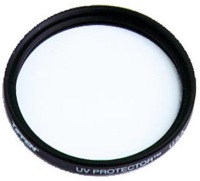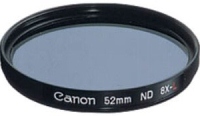Canon 400mm f/4.0 EF IS USM DO
 | Outdated Product $8,212.00 Lens type: telephoto lens; Mount: Canon EF; Focal length (mm): 400; Aperture value: f/4.0; Diaphragm, min: 32; Minimum focus distance (m): 3.5; Sensor size: full frame/APS-C; Autofocus drive: ultrasonic drive motor; Image stabilization; Filter diameter (mm): 52; Dimensions (diameter/length) (mm): 128x232.7 |
Canon 400mm f/4.0 EF IS USM DO | |||||||||||||||||||||||||||||||||||||
| |||||||||||||||||||||||||||||||||||||
Always clarify the specifications and configuration of the product with the online store manager before purchasing.
Catalog Canon 2025 - new arrivals, bestsellers, and the most relevant models Canon.
Canon has released a multilayer diffractive optical element (DO) for camera lenses. And the EF 400mm f/4 DO IS USM is the first high-end telephoto lens to feature this feature.
The introduction of the EF 400mm f/4 DO IS USM lens with a multi-layer diffractive optical element, prototyped for the first time at Photokina 2000, was a truly significant event. Its main feature is excellent correction of chromatic aberrations. Thanks to this optical element, the EF 400mm f/4 IS USM lens is much more compact and lighter than comparable lenses with conventional optical elements.
Canon's development of a multi-layer diffractive optical element that combines the advantages of a fluorite lens and an aspherical element has led to the creation of high-end lenses. Now these elements are in many devices - in interchangeable lenses for SLR cameras, lenses for video and digital cameras.
To make the lens smaller and lighter, the space between the elements is reduced and the refractive properties of the front and rear lens groups are enhanced. This, however, results in chromatic aberration. To reduce it, a multilayer diffractive optical element is placed inside the lens. Compared to a conventional telephoto lens, the new EF 400mm f/4 DO IS USM is 26% shorter (233mm long) and 36% lighter (it weighs 1930g including the 140g tripod ring).
The DO element has a diffraction grating that changes the path of the light beam due to diffraction. Similar elements are used in instruments, such as spectroscopes, and in the reading systems of CD and DVD players, but have not yet been used in camera lenses due to parasitic light scattering inside the lens, which led to glare that spoiled the image.
By combining a multilayer diffractive optical element with a refractive element, chromatic aberration (colour washout) that degrades an image can be corrected even better than with a fluorite element. And by selecting the step of the diffraction grating, the diffractive optical element can be given the same optical characteristics as a ground and polished aspherical surface. This effectively corrects spherical and other aberrations.































